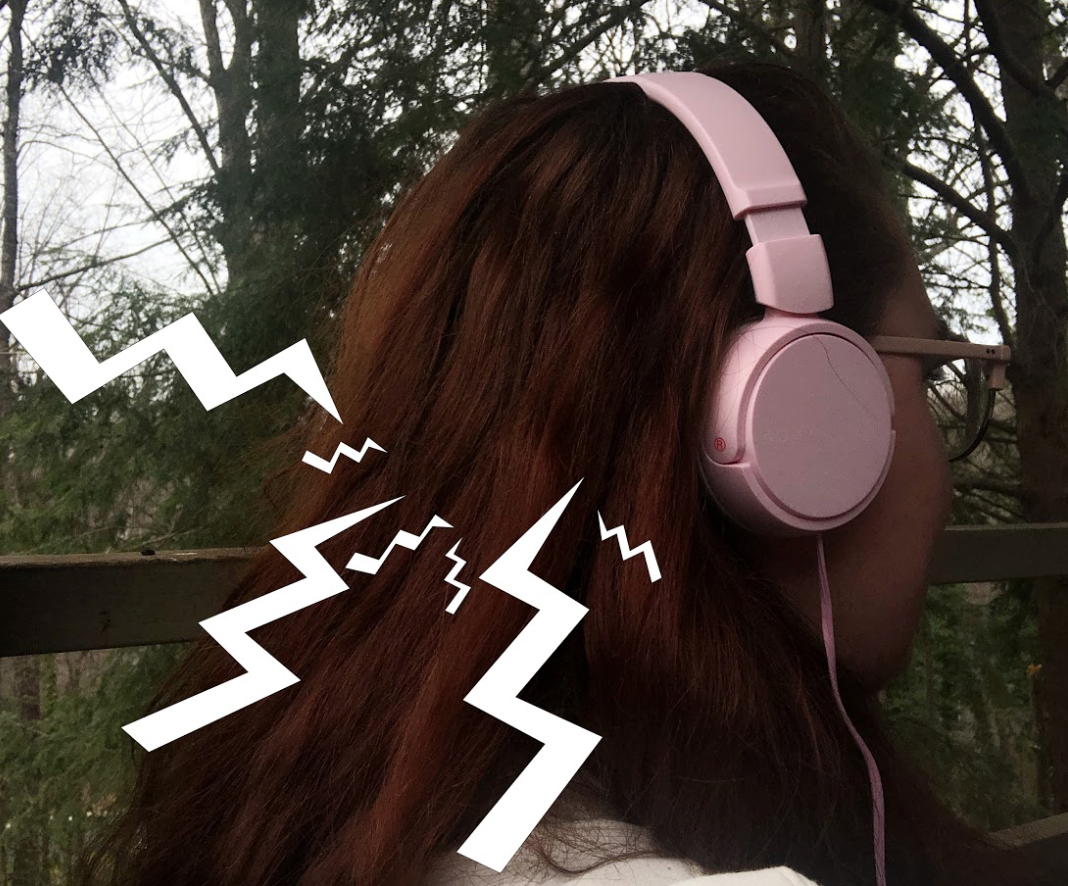The conversation around Autonomous Sensory Meridian Response, or ASMR, has been experiencing a strange moment of popularity since late 2017. For anyone unaware, ASMR describes a sensation often described as tingles running down the back of the head and spine that is triggered by certain stimuli. These often include whispering, crisp sounds and slow movements.
Sometime in the late 2000s, people who experience this feeling began to congregate on the internet, calling themselves “tingleheads.” Then in 2010, as the Smithsonian magazine reports, Jennifer Allen, who had been helping to organize the community from the start, realized they might need a more legitimizing name. She felt already that this was a possibly embarrassing experience to talk about. If people were going to talk about it they would need a proper name to call it, and one that sounded official.
Most people get their ASMR fix through Youtube videos made to trigger the sensation. There are now thousands of ASMR videos online with millions of views each. Any specific interest you might have surely has a correlating ASMR video. There are roleplay videos, ones without talking, ones that focus on eating and mouth sounds, visual rather than audio triggers, and many many more. There’s probably a full dictionary’s worth of jargon and technical speech in the community that gets into specific ASMR triggers you might have.
As many studies on the phenomenon have found, most people viewing them don’t watch them to experience tingles the entire time. Two Welsh researchers at Swansea University in 2015 found that a large majority of viewers watch these videos to fall asleep or reduce stress. They even found that those with depression and chronic pain reported reduced symptoms after watching these videos.
I first discovered ASMR in 2014 when I found out a woman I had been watching on Youtube for years had a second channel. There were about 15 videos on it that seemed to have no relation in content. I clicked on the latest one. The camera was angled down at the table so we could only see her hands. She was doing the routine, “Sorry I haven’t uploaded in awhile…” speech and explaining she would be showing off a candy bar with intricate, “Alice in Wonderland” themed packaging. And the whole time she was whispering and tapping on the cardboard box.
I was horrified. Surely she was putting a curse on me. The labels she was reading that had passages from “Alice in Wonderland” probably had spells in them that were working their way into my brain. Or possibly I had stumbled on some strange fetish work she had done and didn’t realize these videos were public. It felt invasive, rather than intimate, and so much creepier than could ever be comforting. The experience scared me and I shoved the curse that was ASMR out of my brain.
Then sometime in 2017, I started to hear about it again. It just came into the cultural lexicon and I was interested again. I didn’t know people could actually like that horrific and creepy content, but maybe I was too quick to judge. So I went back to that original channel and watched one that was created using a microphone that acted like human ears. Sounds could travel side to side, and at points it really felt like someone was touching my ears. It still felt invasive, but I finally got it. I dove in head first, figured out what and whose videos I liked and honestly I fall asleep every night to an ASMR video. They’re relaxing and slow my thoughts down in a way that I just can’t do organically.
In the past few years, ASMR has gone from total obscurity to on the fringes of mainstream. Michelob Ultra’s Super Bowl commercial features Zoe Kravitz giving an ASMR themed presentation of the beer. Many top Youtubers have tried their hand at making some ASMR videos. W magazine has a popular series on their Youtube channel that features celebrities making their own ASMR content. Through which, we found out Cardi B herself is an ASMR connoisseur and watches videos of it almost every night.
However, everytime I ask someone about their feelings on this topic, their response features some degree of cringe. ASMR has come into the mainstream and made people very uncomfortable. It’s admittedly strange and if you don’t feel a pleasurable response to it, it’s quite unnerving.
There seems to be no concern of ASMR ever becoming totally mainstream. It might just always be a strange and intimate experience for a select few. But those select few have found a strong community within each other. The blog NeuroLogica posted in 2012 about the sensation and presented the idea that, “human communication has been increased to the point that people who have what they think are unique personal experiences can find each other, eventually bringing the phenomenon to general awareness, giving it a name and an internet footprint.”




